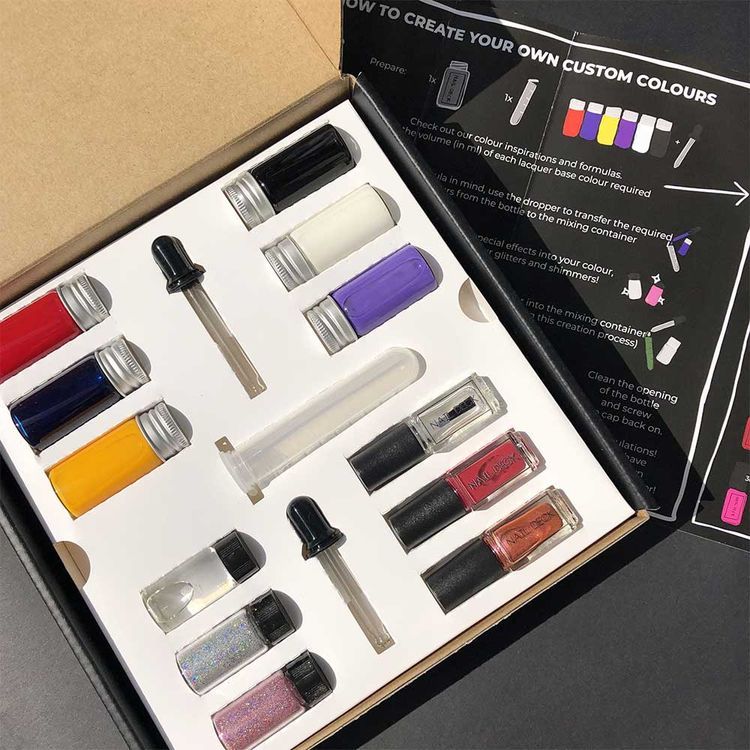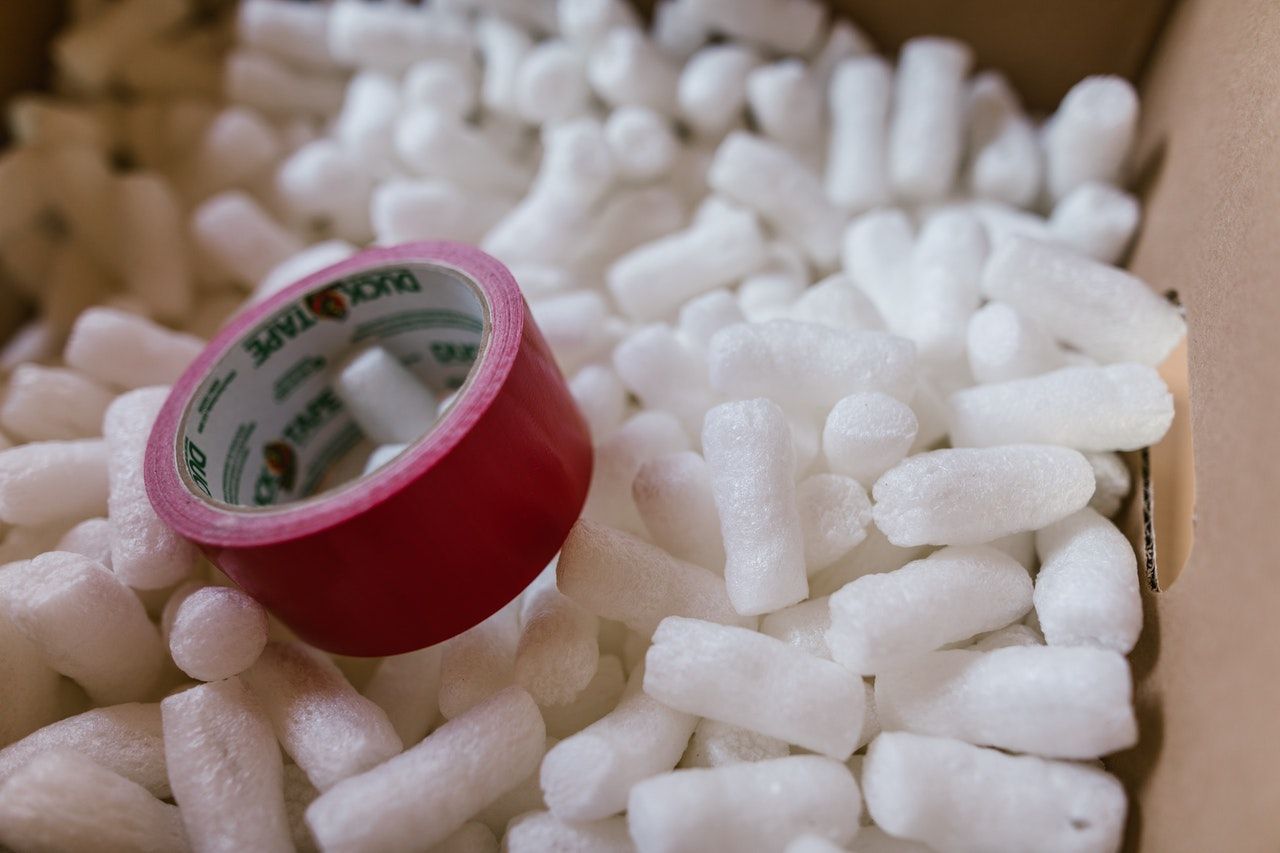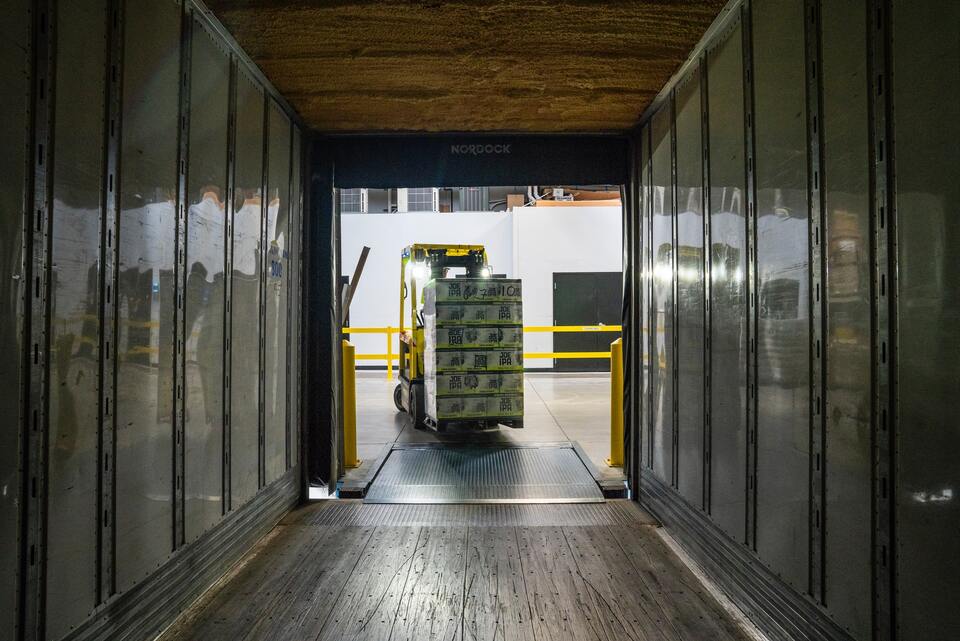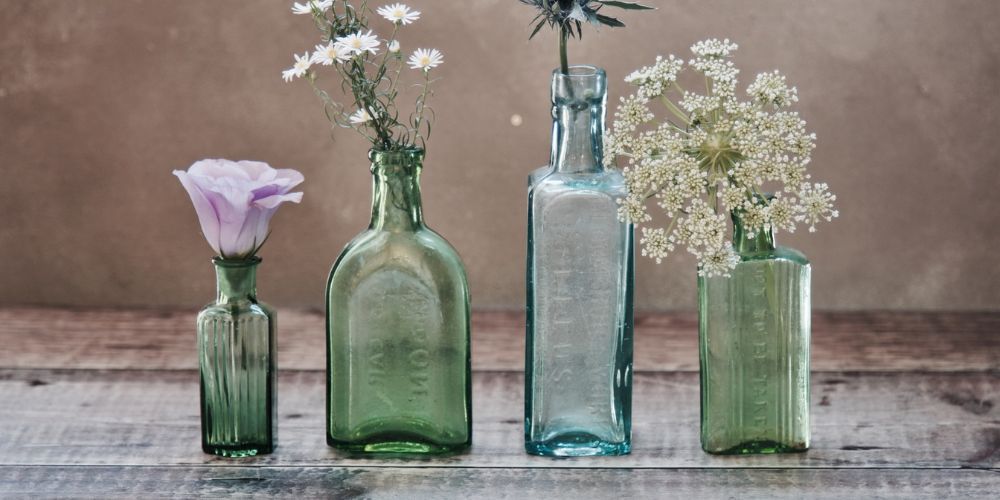Shipping glass items can feel risky, but with the right packaging approach, your products can arrive safely and damage-free. Whether you're sending handcrafted glassware, beauty products in glass bottles, or home decor, understanding how to pack glass items for shipping is essential. We’ll walk you through the best practices for glassware packaging, including how to use inserts, void fillers, and corrugated boxes to protect your items every step of the way. From preparing individual items to selecting the right box for shipping glass, here’s everything you need to know to confidently master packing glass for shipping.
1 - Preparing the items
Glassware should be wrapped individually before being put in a shipping box. First wrap them in paper, then at least 3 layers of bubble wrap, for adequate protection.
An alternative to wrapping is to use a box with inserts, which can be customized to fit your products. Paper inserts are suitable for very small glassware – for example, PackMojo designed inserts for Nail Deck lacquer kits, which house nail polish bottles (amongst other items) in custom cutouts.

Corrugated cardboard inserts are more protective than paper inserts, as the corrugation provides some cushioning, and hence can be used for slightly larger or heavier items. Foam inserts, being the most shock-absorbent, are the best option for shipping glass. Unlike cardboard or paper inserts, however, designs cannot be printed on foam inserts and they're not as eco-friendly. To learn more about PackMojo’s box insert design services, click here.
2 - Void fillers and the shipping box
The wrapped or boxed glassware should then be placed in a corrugated box, with at least 5cm (2 inches) of space between them and all sides (including the top and bottom) of the box.

This space can be created using void fillers – such as packing peanuts or air pillows – which will minimize shock and friction. Start by laying down 5cm (or more) of the filler at the bottom of the box, and then placing your items on top of it. Around 10-15% extra void filler should be used to overfill the box to ensure that the items within don’t move when the box is shaken. Finish by securely taping down the box flaps using packing tape and marking it with a fragile sticker. For other sustainable protective solutions, read more here.
Corrugated boxes act as another layer of protection for shipping glassware, as the cardboard is a fairly rigid and shock-absorbing material. Corrugation is classified by thickness (types A-F) and number of layers (called “walls”) of corrugation. More information on what is corrugation in packaging here.
Shipping multiple items
If your glassware is small and relatively light (less than 2.3kg (5lbs)), multiple pieces can be shipped in the same box. Wrap them individually (as above) and use corrugated dividers to separate them within the box. Arrange them so that weight is distributed evenly within the box – ideally, therefore, the weight difference between items should be no more than 1kg (2lbs).
Articles weighing over 2.3kg (5lbs) should be shipped in individual boxes. Even heavier items (those over 4.5kg (10lbs)) should be packed using the box-in-box method, that is, wrapped (as explained above) and placed in a small box, which is in turn packed into a larger box using void filler.
3 - Shipping glassware

Proper packing should be enough to protect glassware without the need for special postal services. However, a fragile or special handling service (if available), as well as insurance, may be worth considering, especially if the glassware is valuable or precious. Consider adding universally recognized packing symbols on your shipping cartons as well to ensure proper handling during delivery.
Here are some additional articles related to shipping that might be useful:
- A Guide to International Shipping for eCommerce
- 5 Tips to Optimize your Packaging and Reduce Shipping Costs
- What are postal zones and how do they work?
Looking to get packaging for your glassware? Start with a sample kit or explore our packaging options here.
